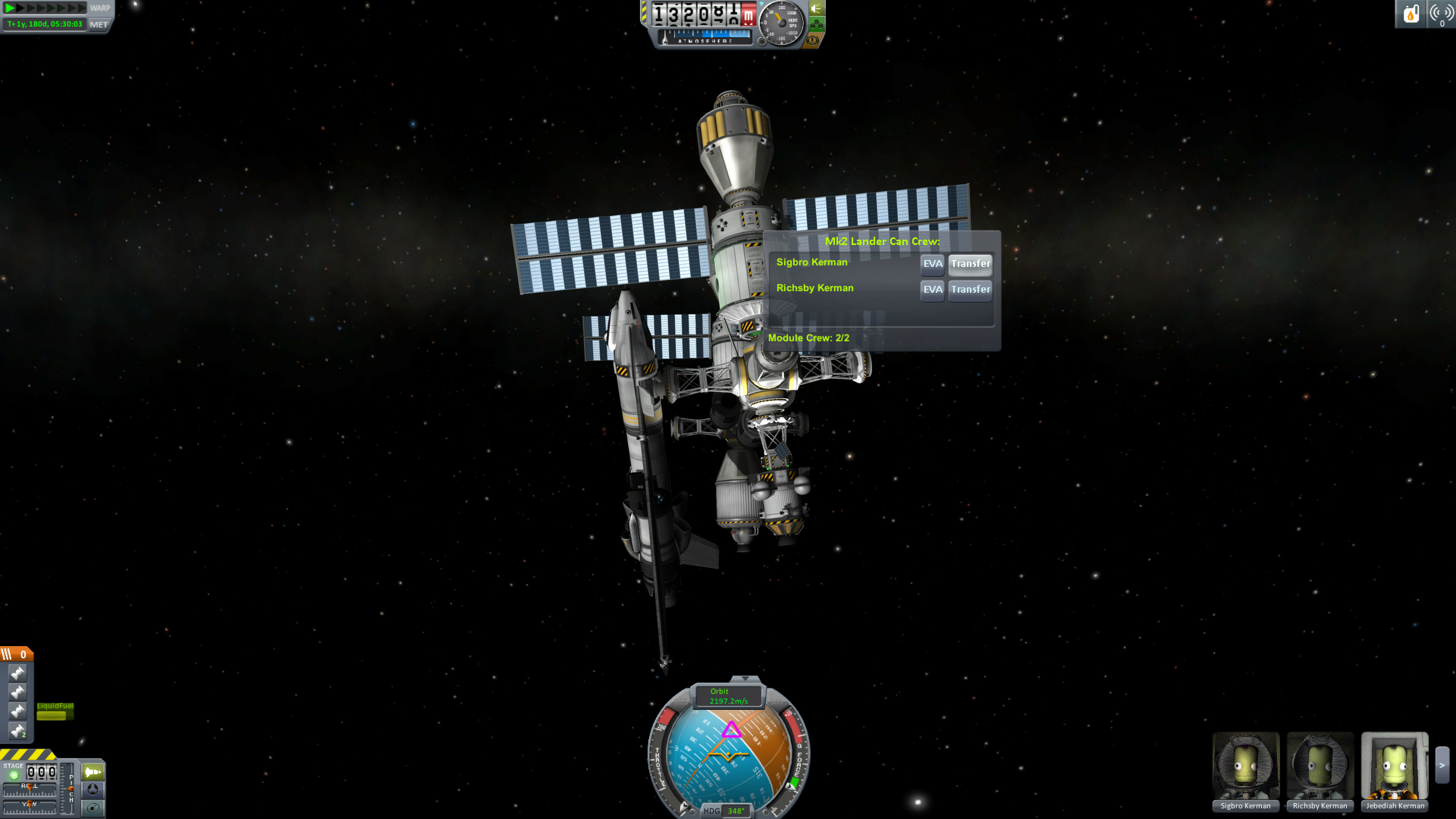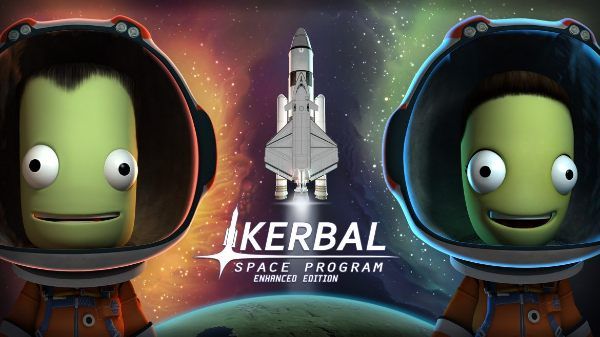

This is crucial in setting up missions to other planets. When the player places a node, they can set up course changes and see where their changes will put them. One thing player can do in the map screen is set up maneuver nodes which are like road directions for their rocket. There is also a map screen players can access which shows what the orbital path of the rocket is as well as other bits of information useful for performing maneuvers. Players control their rocket using the keyboard controls to control throttle and steering. There is also an altimeter on the top of the screen which shows the altitude in relation to the body the player is orbiting. On top of the Nav-ball is the velocity meter which will show either surface velocity or orbital velocity. To the left of the Nav-ball is the throttle control and to the right is a G-meter. This is important for navigation as it shows where the player’s rocket is pointed in relation to the planet as well as where their velocity vector is in relation to them.

The first and foremost thing to see is the Nav-ball. The interface shows things that are important to flying the rocket. Players are about to “fly” their designs and perform missions (or fail spectacularly). This composes the other half of the game. Once the player has their rocket designed, they can try to fly it. Players can set up the staging using the staging tool on the right of the screen This is very reminiscent of the old Saturn-V rockets. Staging allows for the rocket to jettison parts as they are used up. One other thing the game supports is staging. The result is a system that allows for quick iteration. The design interface is quite simple with a drag and drop, snap on parts and symmetry tools making things very easy. These types vary from capsules, propulsion, aerodynamics, structural, research, as well as other things. Now there are a variety of part types the player can attach to their rocket.

Players will need to construct the appropriate rocket in order to carry out whatever their mission is in the game. Regardless of which mode is chosen, the first thing players will do is construct a rocket.Ĭonstruction is one of the key components of Kerbal Space Program. Sandbox however gives the player access to the entire parts library and allows them to do anything they want. Career mode starts the player out with the bare minimum parts and can unlock more by performing research. When the player starts off the game there are two modes to choose from Sandbox and Career. Note the version I am reviewing is version 0.23. The game is available on Windows, Mac, and Linux, and it is currently in beta with updates coming regularly. The ultimate goal is up to the player’s imagination, but you can be sure there will be both successes and failures along the way (mostly failures). Players try to explore the final frontier using engineering prowess, sheer luck, and catastrophic failure. In this game, players take charge of the budding Kerbal Space Program, building rockets and manning interplanetary missions. Kerbal Space Program is a sandbox-simulation game made by Squad.


 0 kommentar(er)
0 kommentar(er)
